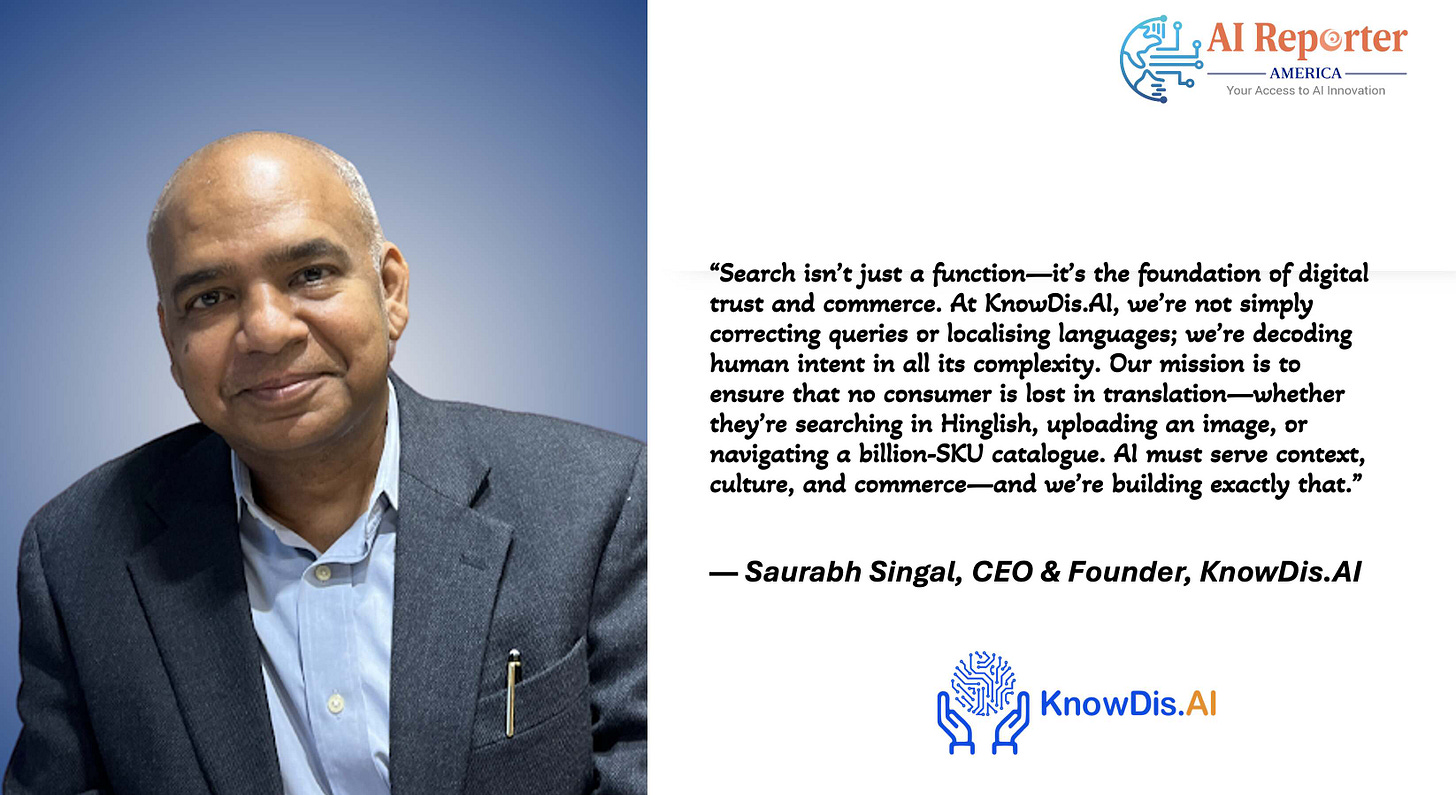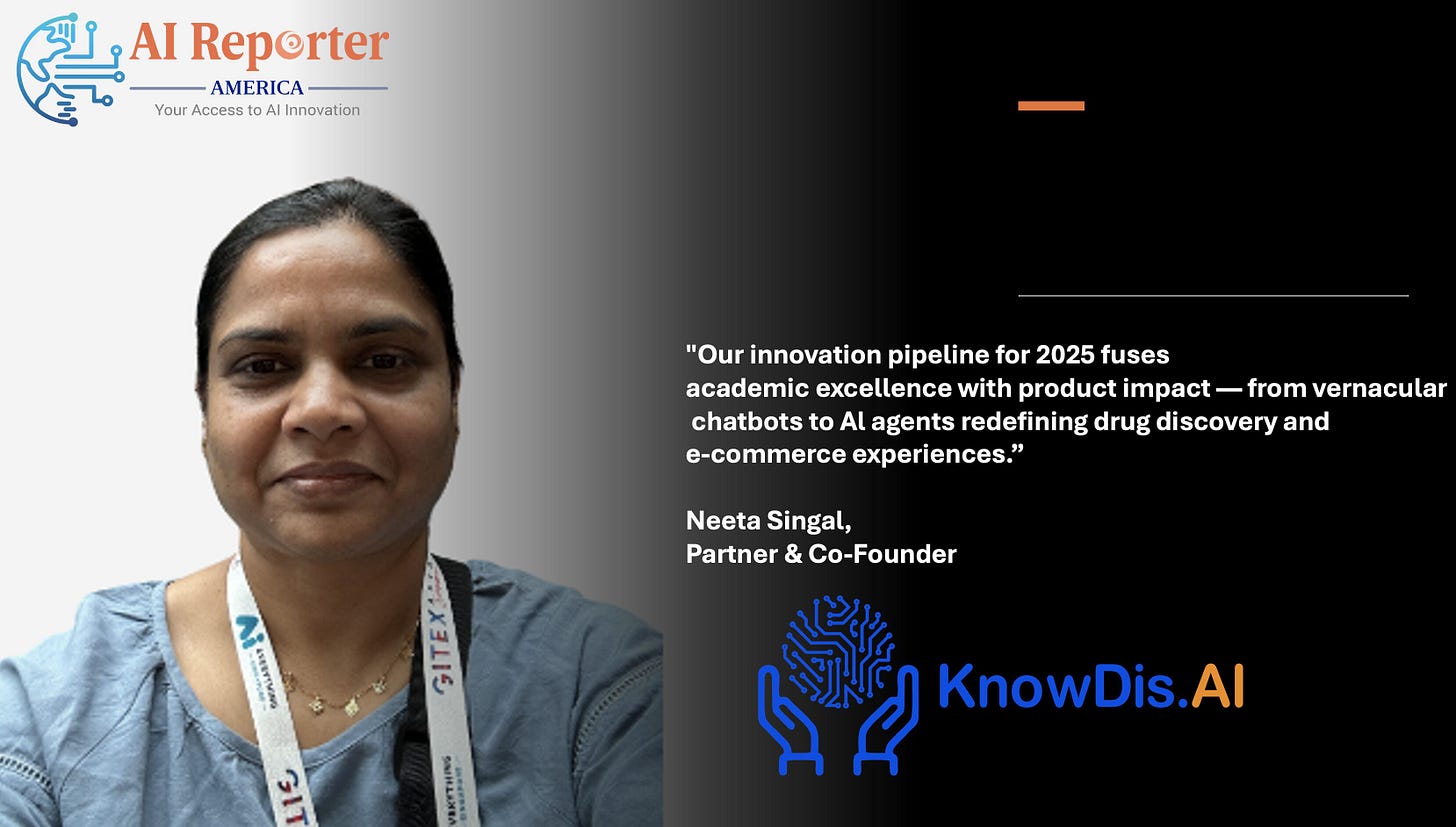KnowDis AI Newsletter- July 2025
Explore the power of AI in e-commerce with KnowDis AI’s monthly newsletter. Stay updated on innovations, insights, and our journey in transforming industries with machine learning.
Fighting Hallucinations in Large Language Models — A Scientific Balancing Act
In recent years, Large Language Models (LLMs) have taken center stage in everything from chatbots to drug discovery. Their ability to generate fluent, context-aware responses makes them appear intelligent, informed, and even creative. But under the surface lies a well-known yet still deeply complex challenge: hallucination.
At KnowDis AI, we define hallucinations not as a bug but as a byproduct of LLMs’ generative strength. Hallucinations occur when models output information that is plausible-sounding but incorrect, sometimes subtly wrong, and other times entirely fabricated. In scientific domains, these missteps can lead to flawed hypotheses, inaccurate citations, or dangerously misleading outputs.
And yet, the very thing that makes LLMs powerful — their generalisation capability — is also what opens the door to hallucination. So, how do we deal with this?
Hallucinations in High-Stakes Domains
While hallucinations in consumer applications may be harmless or even amusing, in enterprise and research settings, the stakes are much higher. KnowDis AI works in domains where factual integrity is non-negotiable, pharmaceuticals, biomedical R&D, and deep scientific knowledge bases. In such environments, every hallucinated molecule, citation, or pathway carries real-world consequences.
Unlike traditional software bugs, hallucinations stem from the training data and objectives themselves. Since LLMs are trained to predict the next word, not to verify truth, their core engine is designed around fluency, not fact-checking.
Reducing Hallucination is an Ongoing Discipline
Rather than treating hallucination as a problem with a one-size-fits-all solution, at KnowDis AI, we see it as a scientific and engineering challenge that requires layered mitigation — architectural, training-level, and application-level strategies.
Our in-house models — especially those underpinning platforms like Molecule GEN — are optimised not only for domain fluency but also for domain validity. Here’s how:
Fine-Tuning with Verified Scientific Corpora: One of our approaches includes fine-tuning LLMs with peer-reviewed datasets and gold-standard corpora. This helps the model stay grounded in canonical knowledge rather than speculating creatively on niche topics.
Multi-Stage Generation Pipelines: We use multi-step workflows where a model generates an output, then another model (or even the same model with different prompting) critiques or verifies it. Think of it as peer review baked into the architecture.
Embedding Retrieval-Based Verification: Integrating LLMs with vector-search mechanisms allows them to "look up" relevant verified information from a knowledge base before responding, reducing the need to guess.
Human-in-the-Loop Interfaces: Especially in drug discovery workflows, we ensure that outputs are flagged for manual review when confidence thresholds fall below a critical level. We build for augmentation, not automation.
A Different Kind of Creativity
Interestingly, not all hallucinations are bad. In certain exploratory scientific tasks — such as de novo molecule design or hypothesis generation — what may be considered a hallucination in traditional NLP might actually be a feature. It’s here that controlled hallucination becomes a tool for innovation.
At KnowDis, we are exploring how to distinguish between "useful hallucinations" that open new avenues and "unacceptable ones" that mislead users. It’s not black-and-white, and that’s precisely why domain alignment is critical.
The Role of Transparency and Explainability
Another key to managing hallucinations is traceability. Our models are being developed with increasing levels of explainability — from showing which sources were retrieved during a response, to exposing confidence scores, to offering structured reasoning behind a molecule generation.
This transparency empowers researchers to make informed decisions, trusting the system not because it’s perfect, but because it shows its work.
Collaborating Across the Ecosystem
Fighting hallucination is not a KnowDis-only mission. We actively collaborate with researchers, pharma partners, and open-source communities to refine best practices. Whether it’s contributing to benchmark datasets or developing shared evaluation frameworks, we see this challenge as one that must be tackled collectively.
Our commitment is to make language models not just more capable, but more trustworthy — and that requires both innovation and humility.
Closing Thoughts: Intelligence With Integrity
Hallucination in LLMs is not just a technical problem — it’s a philosophical one. What does it mean for a machine to “know” something? How do we balance creativity with correctness, and exploration with reliability?
At KnowDis AI, we believe that intelligence without integrity is incomplete. As we continue to push the frontiers of AI in drug discovery and beyond, our guiding principle is simple: Build models that think powerfully, but speak truthfully.
Please reach out to us on LinkedIn for more insights and updates.
KnowDis AI in News
KnowDis AI is making waves in e‑commerce by fixing misspelled queries and breaking language barriers with its multilingual, AI-driven search and content discovery solution. This innovation was spotlighted in AI Reporter America, underscoring how KnowDis turns imprecise, error‑laden inputs into accurate, relevant results
AI Reporter America covers KnowDis AI’s ambitious 2025 roadmap, focusing on transformative innovations in multilingual tech, e-commerce, and healthcare. Check out the article to learn more.





